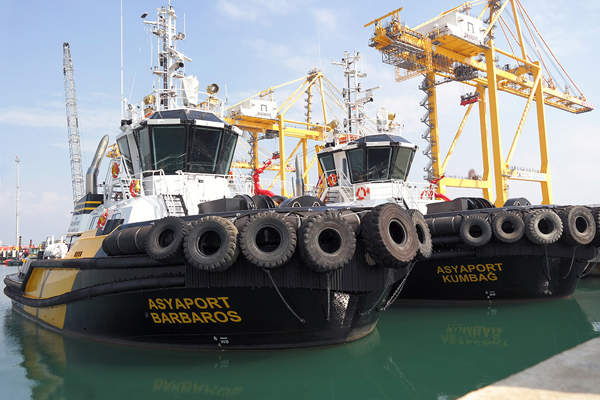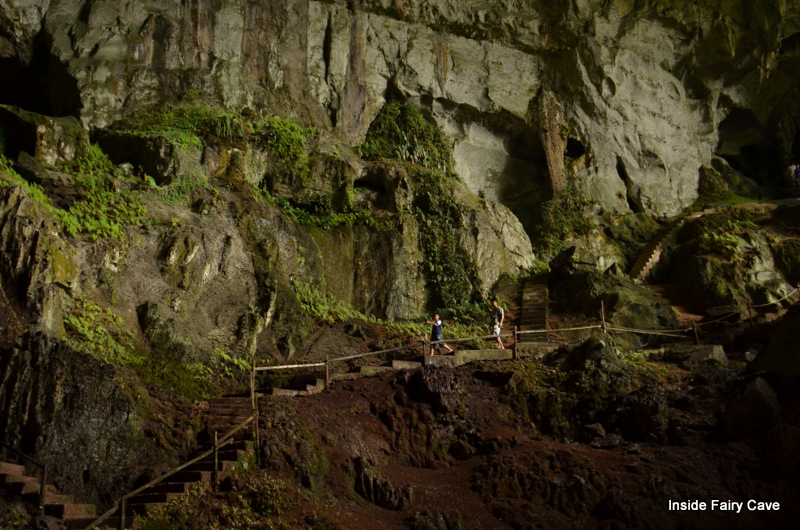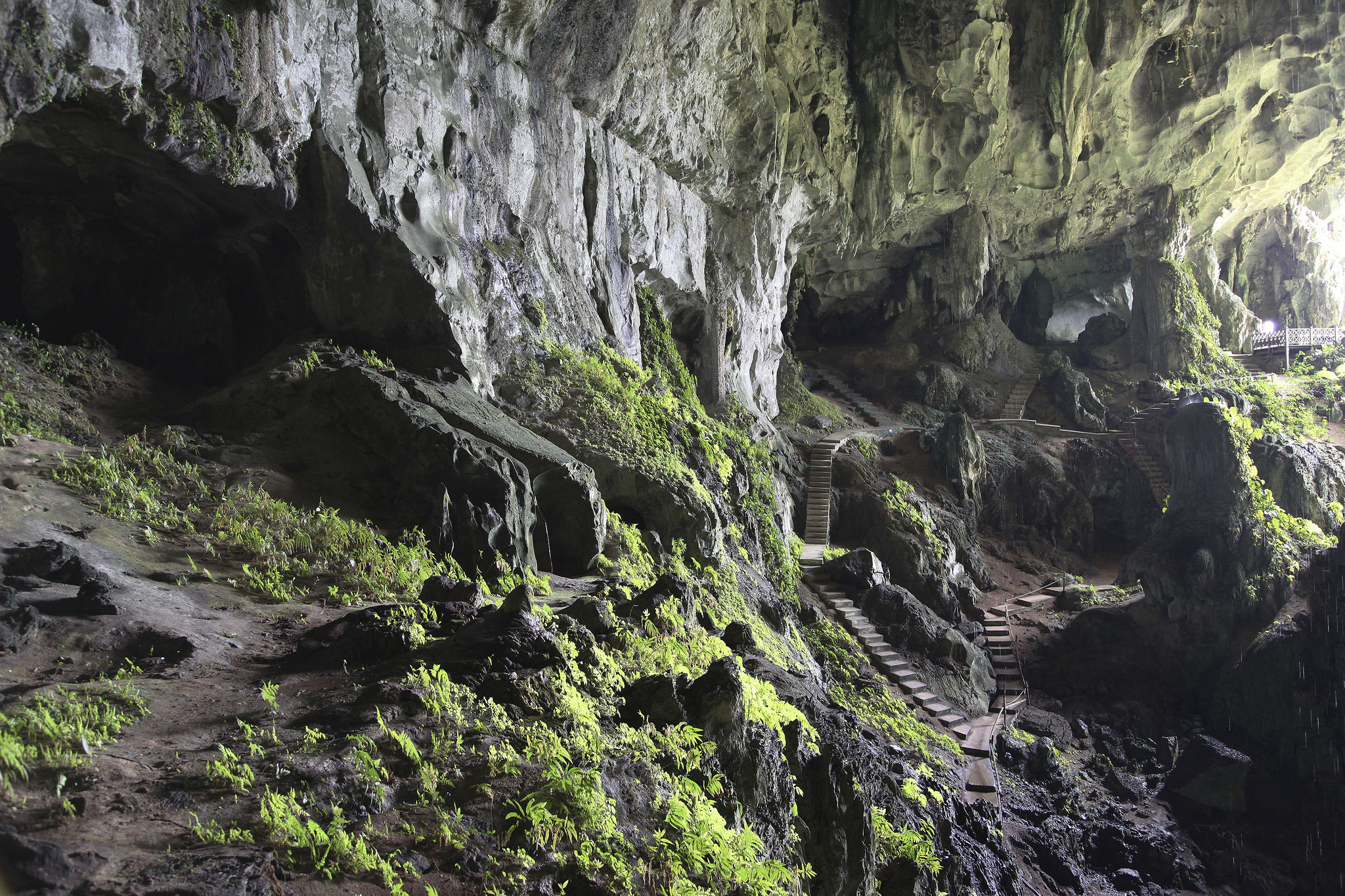Geology Bau Gold Sarawak
Modified from Hall 2012.
Geology bau gold sarawak. If you have ever travel or planning to travel to Kuching Sarawak in Borneo you may have come upon a gold town called Bau town. The area under investigation is the Bau gold mining district in the State of Sarawak East Malaysia on the island of Borneo. Currently open for submissions on a rolling basis.
East Malaysia provides an encouraging environment for mining and foreign investment with a 0 gold royalty and 24 corporate income tax rate. The Bau gold mining district in the State of Sarawak East Malaysia on the island of Borneo has been selected for this study. The area under investigation is the Bau mining district which is located 1 25 10 N and 110 10 37 E in 25 km southwest of Kuching city SarawakThe climate of Bau is humid tropical and characterized by heavy but seasonal.
Being a small town full of history Bau town is worth a day visit. Bau is a gold field similar to Carlin style gold deposits. Additionally the Bau project is located 40 km via good roads from a deep water port in the Sarawak state capital of Kuching and within 30 km of Kuching International Airport.
Geology of the study area. Structural geology investigations that are searching for epithermal or polymetallic vein-type ore deposits can be developed using Synthetic Aperture Radar SAR remote sensing data in tropicalsub-tropical regions. Bau is a gold field similar to Carlin style gold deposits.
It has tropical climate with limited bedrock exposures. Geological analyses coupled with remote sensing data were used to detect hydrothermally altered rocks associated with gold mineralization. The Bau mining district on the island of Borneo in the southwestern Pacific has produced gold 455 tonnes t or 146 Moz antimony 83000 tons and mercury 1100 t or 32000 flasks from calcic skarn calcite-quartz veins and sedimentary rock-hosted replacement deposits that are concentrically arranged around microgranodiorite intrusions with Cu-Mo quartz stockwork mineralization.
The area under investigation is the Bau gold mining district in the State of Sarawak East Malaysia on the island of Borneo. It has tropical climate with limited bedrock exposures. Location of the study area in Southeast Asia.
Preliminary studies by Pour and Hashim Pour et al 2013 2014a 2015b 2014b 2015a 2015b in the Bau gold mining district Sarawak East Malaysia on the island of Borneo and the Central Gold. The Bau Goldfield lies in the southwestern corner of Sarawak in East Malaysia. Hon V 1981 Physical controls of mineralization in the Bau town area west Sarawak Malaysia.
In this research paper we have investigated and demonstrated the detection of hydrothermal alteration zones and structural elements associated with intrusion-related gold mineralization using various types of remote sensing data in. Geologic map of the Bau mining district. It is located about 35 km from Kuching Waterfront.
Currently open for submissions on a rolling basis. According to tests conducted by Canada-based mining company Olympus Pacific Materials Inc an estimated 50 million tonnes of gold. Application of advanced spaceborne thermal emission and reflection radiometer ASTER data in geological mapping.
Abstract Remote sensing for geology in tropical environments is very challenging because of the dense vegetation cover and the problem of persistent cloud cover. Km centred on the. Evidence of past mining in the form of open pits and adits can be found over an area of 250 sq.
Sarawak Mining Bulletin v. Northern Miner Press Releases of January 31 2012. Download with Google Download with Facebook.
The richest gold mine in the whole world may possibly be found in the Jugan Hills of central Bau Sarawak if metallurgy tests are correct. It is located in the state of Sarawak which is part of Malaysia. Ad Access articles from our new Remote sensing of Earth hazards Collection.
The Earth Observing-1 EO-1 satellite data for geological mapping. The Bau gold mining district is in westernmost Borneo. Geological analyses coupled with.
Modified from Percival et al.








